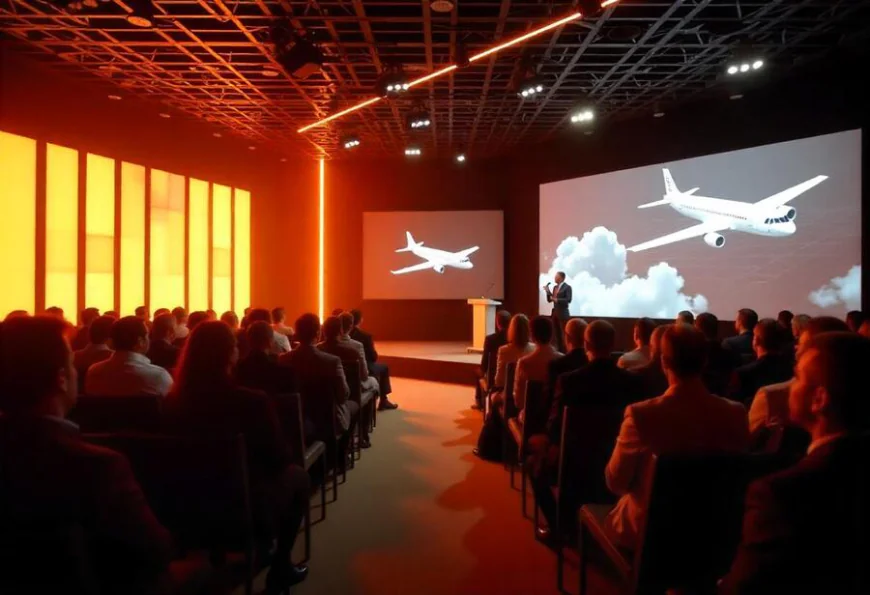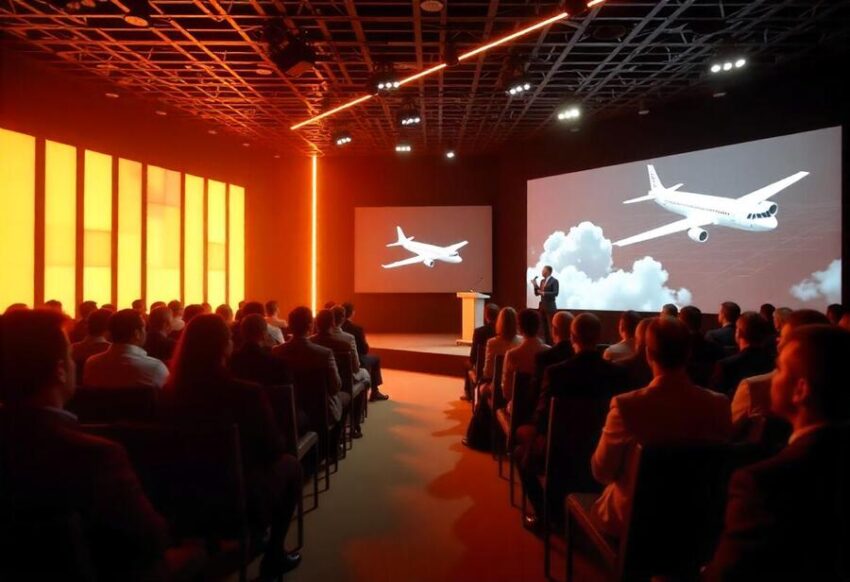How Air Travel Will Transform by 2030 with the Arrival of Pilotless Air Taxi, Electric Aircraft, and Fully Automated Airports Revolutionizing the Future of Flying: New Updates You Need to Know


As we approach 2030, the face of air travel is set for an extraordinary transformation. Groundbreaking innovations will redefine how we travel, making air travel faster, greener, and far more efficient. Autonomous air taxis, fully automated airports, and sustainable aircraft are just a few of the exciting developments reshaping the future of flying. Here’s a look at what the skies will look like in the next decade.
Pilotless Air Taxis: A Revolution in Urban Mobility
By 2030, pilotless air taxis will no longer be a futuristic concept but a common form of transportation in major cities. Forget sitting in traffic; the future of urban travel will involve hopping into a self-flying air taxi that quickly carries you to your destination. These eVTOL (electric vertical takeoff and landing) vehicles will take passengers to airports, business meetings, and other destinations with unmatched speed and convenience.
Cities around the world are already testing air taxi prototypes, and the first services are expected to launch soon. These quiet, eco-friendly flying vehicles will eliminate the need for ground transportation, offering a faster and cleaner alternative to traditional taxis and cars.
Automated Airports: The Ultimate Efficiency
By 2030, airports will undergo a complete transformation, becoming fully automated and powered by artificial intelligence. The entire check-in process will be streamlined through biometric scans that instantly verify identities, enabling travelers to skip the long lines at passport control and security checks.
At these futuristic airports, passengers will find robots handling everything from luggage drop-off to providing information and serving food. Advanced security systems will use AI and high-tech imaging to quickly and accurately screen passengers. With fewer human staff needed, airports will be more efficient and less crowded, creating a smoother travel experience for everyone.
Eco-Friendly Hybrid and Electric Planes: Reducing Our Carbon Footprint
As environmental concerns take center stage, the aviation industry is set to embrace hybrid and all-electric aircraft. These planes will operate primarily on electric power, with traditional jet fuel used only for longer flights. This move will dramatically reduce the carbon emissions associated with air travel, making flights more sustainable.
Short-haul flights will be dominated by electric planes by 2030. These battery-powered aircraft will be significantly cheaper to operate, which could lead to more affordable ticket prices for passengers. The first commercial electric planes are expected to take to the skies in the late 2020s, revolutionizing the way we travel while lowering the aviation industry’s environmental impact.
Luxury Airships: A Leisurely New Way to Travel
For travelers seeking a slower pace, luxury airships will offer a relaxed, scenic way to fly by 2030. Unlike the airships of the past, these modern vessels will be powered by a combination of helium and jet fuel, making them safe and efficient. These floating giants will glide over breathtaking landscapes, offering travelers the chance to enjoy panoramic views without the rush of traditional air travel.
By 2030, luxury airships will be used for long-haul scenic flights, allowing passengers to experience multi-day air cruises. Whether drifting over mountains or flying across oceans, these airships will provide a truly unique and leisurely travel experience.
Supersonic Jets: Cutting Travel Time in Half
Supersonic jets are making a comeback. By 2030, travelers will be able to fly across continents in just a few hours thanks to next-generation supersonic planes. These aircraft will travel at speeds faster than sound, dramatically reducing the time it takes to reach distant destinations.
Unlike the noisy Concorde, these new supersonic jets will be much quieter, with designs focused on minimizing the sonic boom. Passengers will be able to travel from New York to London in just a few hours, making international travel faster, more efficient, and more accessible. The era of supersonic air travel will usher in a new chapter in long-haul flying.
Windowless Cabins: A More Efficient Design
One of the most striking changes in the future of air travel will be windowless cabins. In 2030, some aircraft will replace traditional windows with digital displays that show real-time images from outside the plane. This innovative design will reduce drag and improve fuel efficiency, contributing to more sustainable travel.
Though the absence of real windows may initially feel strange, these digital screens will offer a variety of benefits. Passengers will still enjoy stunning views through high-definition displays and even have the option to watch entertainment or view live feeds from outside the aircraft. Windowless cabins will make planes lighter and more aerodynamically efficient, improving overall performance.
Blended Wing Aircraft: The Future of Design and Comfort
Blended wing aircraft will emerge as the next frontier in commercial aviation. These planes, which feature a continuous wing structure rather than traditional separate wings and fuselage, will dramatically reduce drag, improve lift, and increase fuel efficiency. This new design will allow for larger, more comfortable cabins, offering more space and greater comfort for passengers.
These aircraft will also be far more eco-friendly, as the improved aerodynamics will cut fuel consumption by up to 50%. Passengers will enjoy more spacious cabins and a quieter, smoother flight experience. The introduction of blended wing aircraft will mark a significant leap forward in both the efficiency and comfort of air travel.
Conclusion: The Sky is the Limit
The future of air travel in 2030 will be revolutionary. From pilotless air taxis to hybrid-electric planes and luxury airships, the sky will become a playground for advanced technologies that promise to make flying faster, greener, and more luxurious. Automated airports and supersonic jets will cut down on travel times and create a seamless, efficient experience for passengers. As the aviation industry continues to innovate, we can expect a future where air travel becomes more sustainable, enjoyable, and accessible for everyone.
The post How Air Travel Will Transform by 2030 with the Arrival of Pilotless Air Taxi, Electric Aircraft, and Fully Automated Airports Revolutionizing the Future of Flying: New Updates You Need to Know appeared first on Travel And Tour World.


